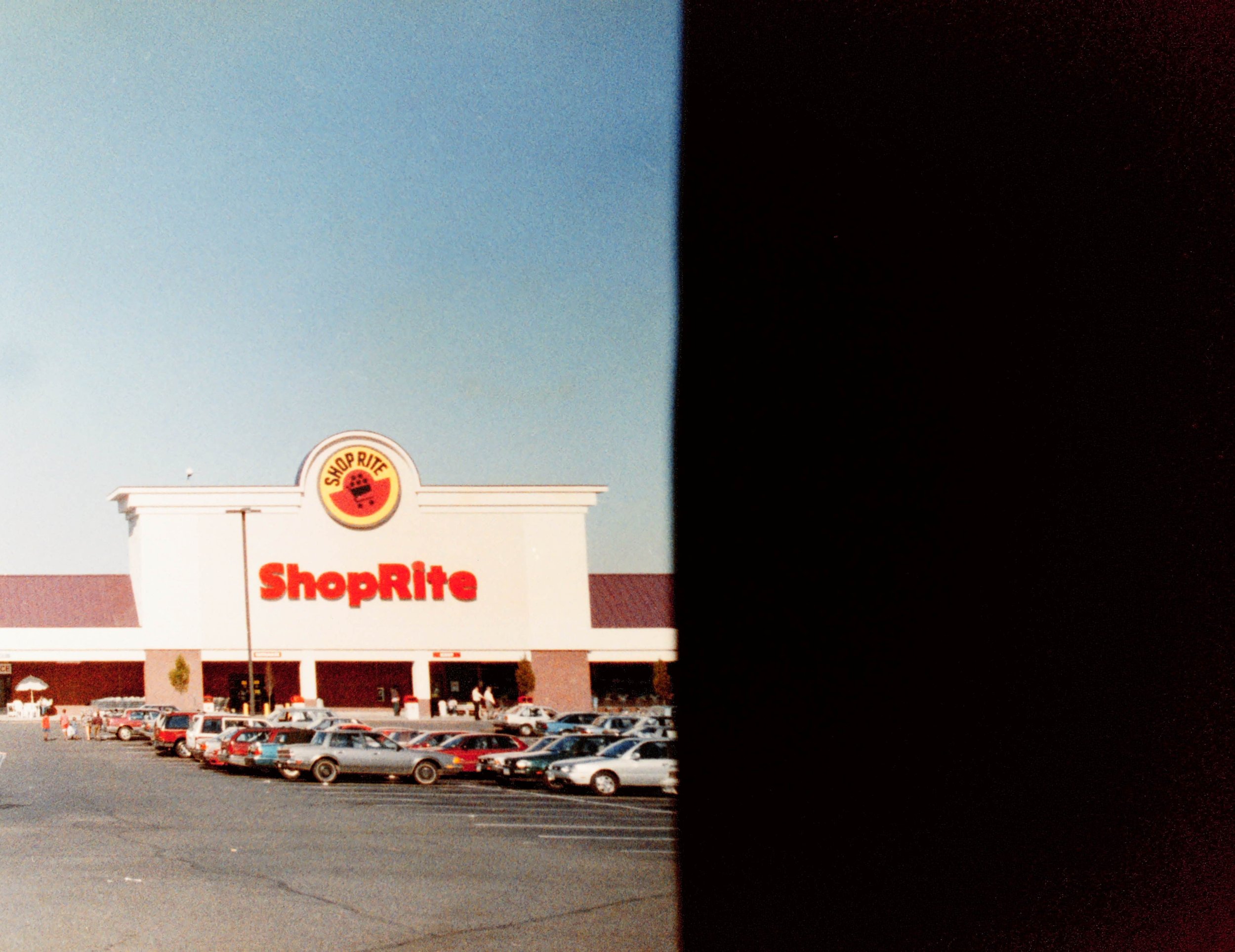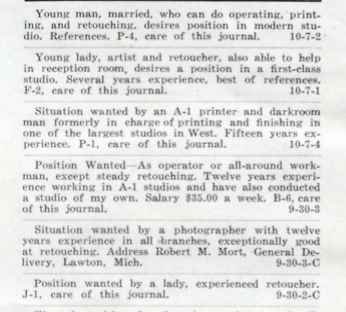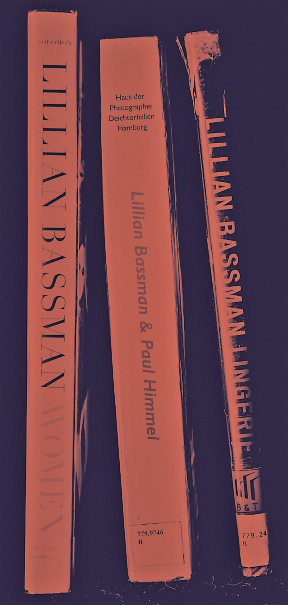Bridal portraits and bridal boudoir portraits are a great way to celebrate yourself!
Read MoreYes, bridal portraits are a thing. Treat yourself!

Bridal portraits and bridal boudoir portraits are a great way to celebrate yourself!
Read MoreAs you all know, I recently learned that I am not the first New York Portrait Company. About 120 years before I started my company, there were branches of New York Portrait Co. in Manhattan, Buffalo, and possibly elsewhere. Only in the beginning stages of my research, I’m getting help from the NYPL, the New-York Historical Society, and the Buffalo History Museum.
In the meantime, I was lucky enough to find this photo on eBay. I’m thrilled to have it!


When it came to naming my business, I struggled. I had a new idea every day and I was lukewarm about all of them. One thing I knew from the start, however, was that I did not want the word photography anywhere near the name. I guess that sounds strange because every image I create for clients does indeed start with a photograph. But the fun part for me, and what makes my offerings unique, is how I tend to transform the photos with my paints, coffee/tea/soda, inks, pastels, chemicals, editing, or whatever else strikes my fancy. It sometimes feels inaccurate to call them photographs by the end of process. But they’re definitely still portraits. So when New York Portrait Company popped into my head one day, it felt right. It felt so right, in fact, that I was sure it was already claimed. Only, it wasn’t!
Flashforward to this morning. I was Googling around to see what my new online ads looked like, when I saw a 19th century newspaper clipping for a New York Portrait Company with branches in Manhattan and Buffalo. I was delighted at the discovery. For those of you who don’t know me, I’m proud to share that I’m a total research nerd. And having a new project to delve into is one of my true joys. I’ve uncovered a bit so far, and will share more when I learn more. In the meantime, I am happy to be carrying on the legacy of the previous New York Portrait Company as a maker of high-grade portraits with a twist.


Recently, I found a bag of disposable cameras and a few rolls of film from the 90s that belonged to my family. They hadn't been properly stored, that's for sure. From attics to basements and everywhere in between. From cool, dry climates to beachy, humid, stickiness. Because I wasn’t sure if anything would turn out, I didn't want to spend the money sending them out to be developed. So, using my CineStill CS41 kit, I did it at home. I cracked open every camera with screwdrivers and patience, wound the film onto my reel in my dark bag, and got to work. Since I had no idea what was on this film, nor had I shot any of these, the pressure was low. But, at the same time, my fingers were crossed.
Adjusting my chemical times to account for what this film had been through, a few rolls still could not be salvaged. Some so washed out that I couldn’t make out a thing. Others so dark, I was unable to bring out any images through editing.
The good news is that I was able to uncover priceless, precious new/old photos of vacations, pets, and people from the past. To see an image of someone you haven't laid eyes on in real life for 25 years was emotional. To be instantly brought back to a family trip that lived only in your memories for decades is an unexpected gift. Then, you know, there was a random picture of the supermarket. Sneaking into my bathroom, where the not-quite-ready-yet negatives hung from the shower rod to peep at the images was maybe the most exciting thing that happened to me all year. It reminded me that these disposable cameras were time machines and photography really is magic.




If you’re like me, you have a variety of cameras: old, new, and running the gamut in terms of brands. Your growing collection is likely more about fun and versatility that practicality. That said, it’s nice to have a look or shooting experience in mind, and to know which camera can get the job done. Well, have you ever considered mixing and matching? Your fastest lens with your favorite camera? A thrift store telephoto with your most weather-ready body? Or combining a lens handed down from your grandfather and your most light-weight digital camera? Can it be done? Yes! You can get way more out of your lenses with a simple, inexpensive adapter.
I’m not here to deliver a tech-heavy lecture on the subject, but there are plenty such videos on YouTube that do a great job explaining it. What I can share with you is my experience using a fifteen dollar Fotasy adapter to mount Canon EF lenses on my Fuji X-Pro 2. There are many other brands out there, with adapters available for whatever combinations you seek. It’s as easy as changing a lens. You screw the adapter onto your camera as you would a lens. Next, you place the lens on the adapter, set your camera to shoot with no lens, and you’re ready to go. Now, keep in mind that (with the exception of some pricier options) you won’t be able to use autofocus. The other functions of your camera, such as shutter speed and ISO will function as normal. Though manual focus can be a challenge at times, some photographers prefer it.
If you’ve been loyal to one particular brand, these adapters can open a whole new world of lenses you might never have had the occasion to try otherwise. What’s to stop you from buying a cool vintage Nikkor lens for your newest Sony camera? With amazing deals on used gear from B&H, KEH, MPB, and eBay, it’s a really low-risk way to play with your style, inject some adventure into your shooting game, and see your boring old workhorse of a camera in a whole new way.

1911 advertisement from Abel’s Photographic Weekly
There are purists who suggest we'd never need to edit photos if we simply got it “right in camera” in the first place and there are those who tweak a little (or a lot). No matter which camp you fall into, let's get clear on one thing: editing has been around about as long as photography itself. The classified advertisements included here, seeking trained professionals with retouching experience, date back to 1911. However, it’s well-documented that methods such as dodging, burning, and etching were used to alter or improve photographs since the advent of the medium. These talented artists were pioneers who ingeniously developed techniques for opening closed eyes, making an outfit appear more flattering, evening skin tone, or including people in a scene from which they were not originally present. Pretty impressive stuff!
https://retouchingacademy.com/history-of-retouching-photographers-and-retouchers-synergy-in-the-analog-photography-era/
https://www.instarestoration.com/blog/history-of-photo-colorization

1912 advertisement from Abel’s Photographic Weekly

1922 advertisement from Abel’s Photographic Weekly
Well, it depends on your purposes, I suppose. Would I use expired film as my primary during a paid shoot? Of course not. Would I use it to get some fun, experimental bonus shots on a paid shoot? Heck yeah! The unpredictability is part of the adventure. And, as far as shooting for fun, it’s a no brainer. With film prices climbing and your favorite film stocks often being, well, out of stock, expired film can be a great option for keeping your cameras (and your fridge) loaded.
The photos in this post were taken on Kodak Gold 100 that expired in the 90s. Although the rule of thumb is to stop down your ISO by one for each decade the roll of film is expired by, I was using a very basic point and shoot which gave me control over nothing. All things considered, the original shots didn’t turn out so bad. Okay, they’re bad, but at least they turned out. If I haven’t yet convinced you to try a vintage film stock, let me tell you one more thing. I was able to breathe life back into these images using only the editing program that came standard on my Samsung phone. If you brought photographs like these into Photoshop or Lightroom you’d really be able to put your editing skills to the test.
My advice to film shooters is to hop onto eBay, buy a few rolls of expired film, and have fun. If you know me, you know I believe the photograph is just the starting point. Never is this more true than when you’re playing with expired film. But that’s the joy of it.
Famed fashion photographer Lillian Bassman had a remarkable career creating gorgeous imagery for advertisements and magazines such as Harper’s Bazaar in the 40s and 50s. Her now iconic photos are the definition of minimalistic elegance and ethereal femininity, which cemented her reputation as a legend. Bassman was on the cutting edge of darkroom techniques, masterfully experimenting with dodging, burning, and diffusion to produce dreamy photos that played with light, shadow, contrast, and softness. Ever an innovator, she fully embraced digital tools such as Photoshop when they became available. Experimentation was part of the fun. Though she never knew for sure what the end result would be, Bassman had a certain vision and an idea of how to get there using the methods she perfected. The timeless quality of her pieces make them as fascinating to engage with today as when they were printed.
I wasn’t familiar with Lillian Bassman’s work when I started my photography journey. But, like Bassman, I see the photograph itself as the starting point. Whether I am using ink, paint, editing software, or souping film, this playful approach affords me the ability to create an absolutely original image.
It was just last year that I was introduced to Bassman’s work, when a photo stopped me in my tracks amid a mass of art lovers in a crowded gallery space. I marveled. I left the room. I went back and marveled some more. I left. I went back, sat on a bench, typed her name into my phone, and devoured her entire catalog right then and there. I’d found my kindred spirit. Not only does Bassman’s work inspire me, but it gives me permission to experiment without the need to defend or explain. A crisp photo can be a beautiful thing. I, however, have never been one to leave well enough alone.

When I first got my driver’s license, I made a habit of hopping in the car after dinner, tossing my parents’ 35mm camera onto the passenger seat, and zooming around town chasing the sunset. Beautiful, unique, vivid, and fleeting. It felt like an emergency, capturing the jagged streaks of light and feathery strips of shadow, transforming from one second to the next, until they disappeared.
Lately, I’ve been thinking of chasing sunsets as a metaphor. Seize the day. Grab life by the horns. Figure out what you want in life and go get it. I’m still known to dash out of the house without so much as a goodbye if I catch a pastel or neon sky out of the corner of my eye. But I’m also, above all else, interested in following my heart’s desire. Bringing my camera into the studio has reignited my love for photography and sparked my creativity.
Portrait photography is every bit as exciting as running around town, chasing those sunsets. Maybe more so. That smirk, that crinkle, that twinkle, that twist, all last but a second or less. Blink and you miss it. But that’s why I’m there. With a different camera now, but just as much passion.